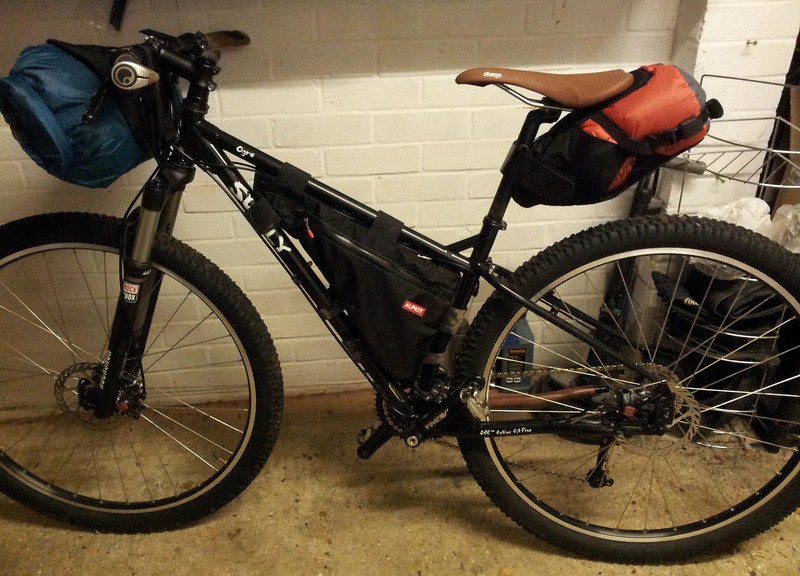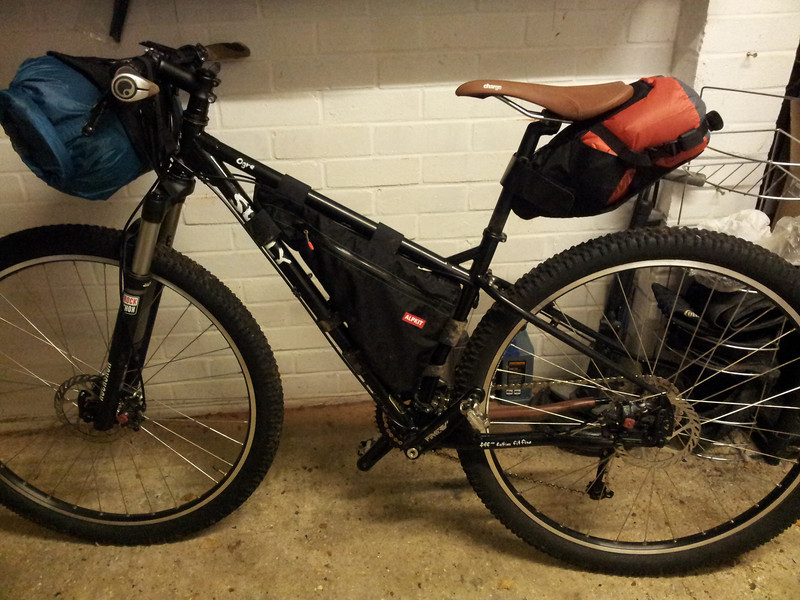For well over a year I’ve been meaning to ride the nearby South Downs Way as an overnight bikepacking trip. An ancient trail, it runs from Winchester generally south-east for a hundred miles along the South Downs to the coast at Eastbourne. To avoid the wet low lands, the path goes along as many ridges as possible – meaning that while the highest point is less than 250 metres above sea level, there is a lot of climbing.
With my time in the south of England running out, I gave up on trying to find a weekend that suited both John & me – and decided to ride it solo. I also gave up on trying to find a weekend with a good weather forecast – otherwise I’d never get to ride. So I packed my tent instead of my bivy bag and set off just after noon on a glorious Friday afternoon. I’d ridden the first 35 km section a few times, so there was nothing new there – just the views to admire.
The first half of the trail generally stays above 100 m altitude and had plenty of descents and then ascents quite close together. As you’re getting tired, the second half has the pairs of climbs and downhills spread further apart – but usually dropping down to a river close to sea level before climbing all the way back up again. Enjoying the views I was making faster progress than I imagined I would with a loaded bike – when I passed my first possible dinner stop, it was much too early to eat.
I found the biggest problem riding solo was that I had to open all the gates, of which there are many – close to a hundred, by myself. It sure breaks up the flow. Also without company the stops are less frequent and shorter – quite nice, but it also means I take fewer photos. As I neared 100 km in, the forecast rain finally started – conveniently there was a big empty barn to hide in for the night. While the steel roof was great for hiding from the downpours – it did keep me awake for a lot of the night.
As the wind also picked up as the barometer continued dropping, I made up my mind what to do for Saturday. I had briefly flirted with the idea of getting to Eastbourne and then turning around and making my back towards Winchester as far as possible before running out of time & having find a station to get a train back to my car. But with that idea now involving a strong headwind and the trail not being so interesting in the cloud, I had no desire to do the SDW double. So I stayed in bed until nine – luxury.
With little sleep and no time-pressure, the remaining sixty kilometres were a little slower. It was very overcast – so even fewer photos. In amongst the longer climbs, that were quite manageable, a couple really steep but short pinch climbs were hard work with a heavy bike – I was pleased to get to the end having ridden everything. There’s a new YHA at Southease near the end that serves a very good all-day breakfast roll – suitable fuel for the last couple of hills. With a big descent to the sea at Beachy Head I was in Eastbourne with the station to find. A very soft chocolate brownie didn’t last long – washed down with some refreshing, & surprisingly NZ, ginger beer.
Then started the three-hour & three-train trip back to my car – on which I found plenty of people to talk about bikepacking with. First an elderly couple returning from their break at the seaside (who kept talking about bikes in the thirties and the practicalities of carrying girls on bikes – apparently mine is no good) and then a fatbike (Salsa Mulkuk if anyone is interested) wielding bicycle repairman (without a cape) who was setting out to ride the SDW overnight back to Brighton – we had a lot to talk about.
An excellent day or so out on the bike, where I managed to stay dry, I was pleased to finally tick this ride off in its entirety before I leave. It also proved handy in seeing how I managed my bike (which was excellent) loaded on a longer hillier ride.
 Starting out under the watchful eye of King Alfred – who made Winchester his capital
Starting out under the watchful eye of King Alfred – who made Winchester his capital




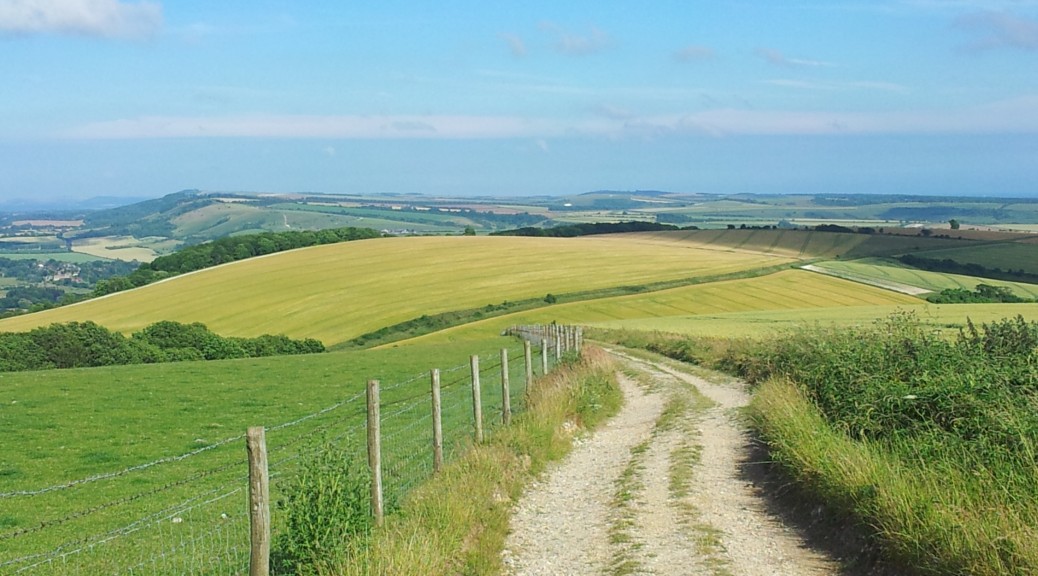
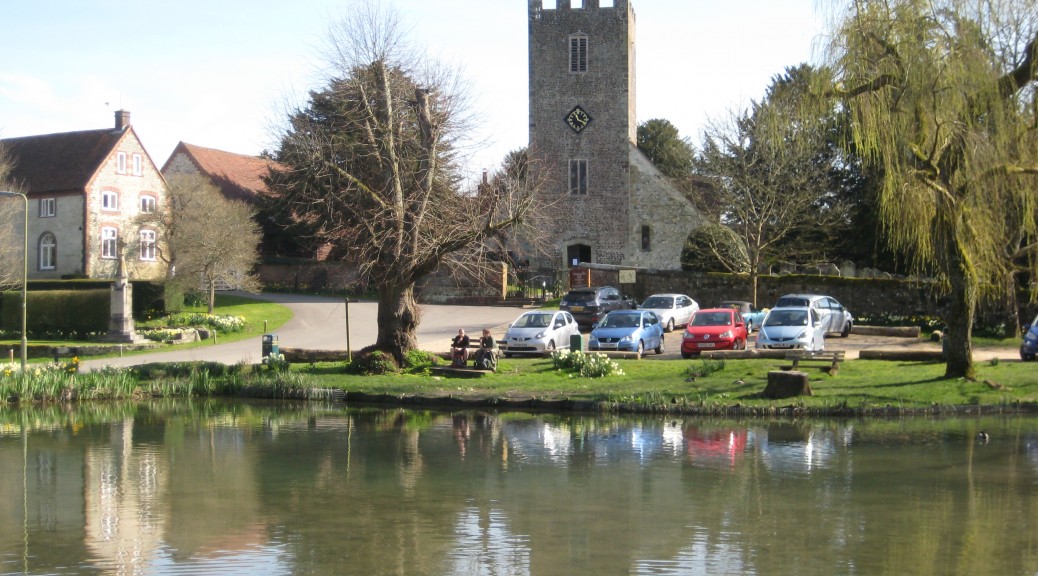
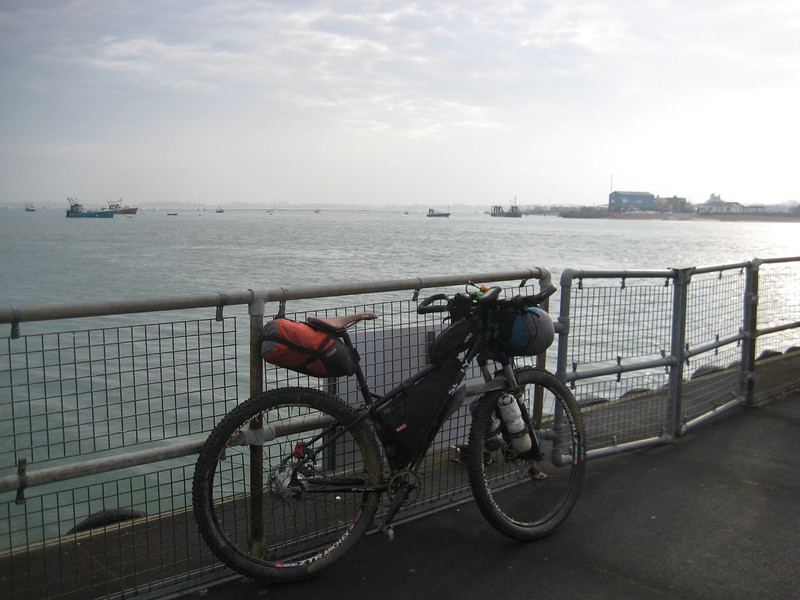 Waiting for the Hayling ferry
Waiting for the Hayling ferry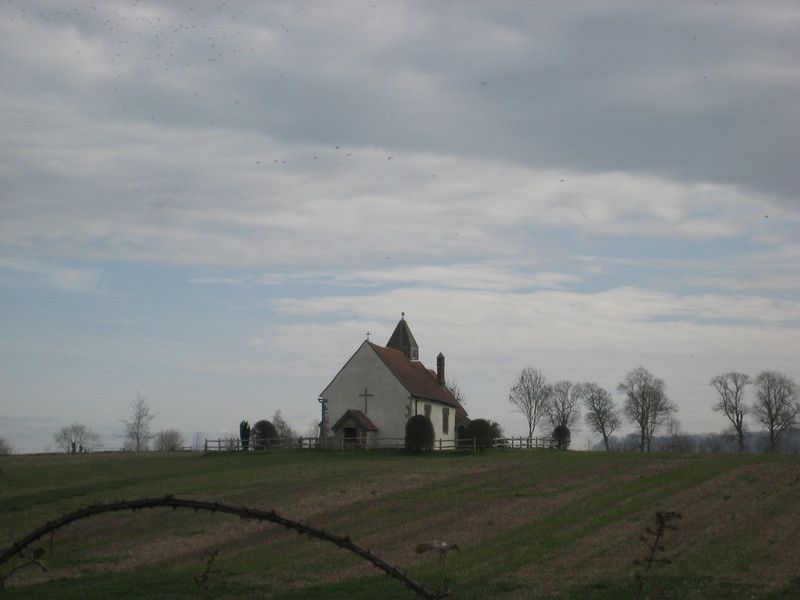 St Hubert’s church
St Hubert’s church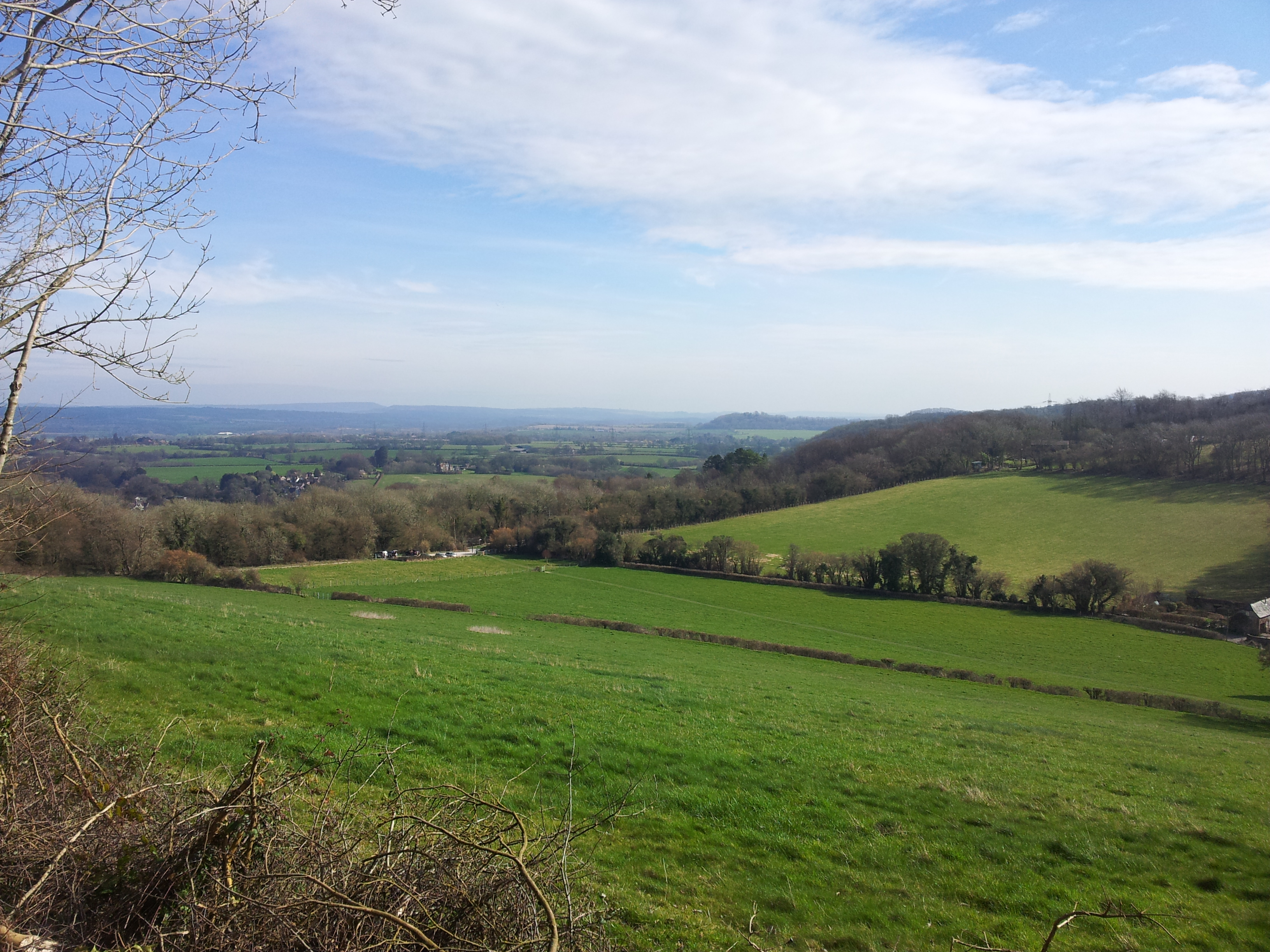 Looking out over the South Downs National Park from Queen Elizabeth Park
Looking out over the South Downs National Park from Queen Elizabeth Park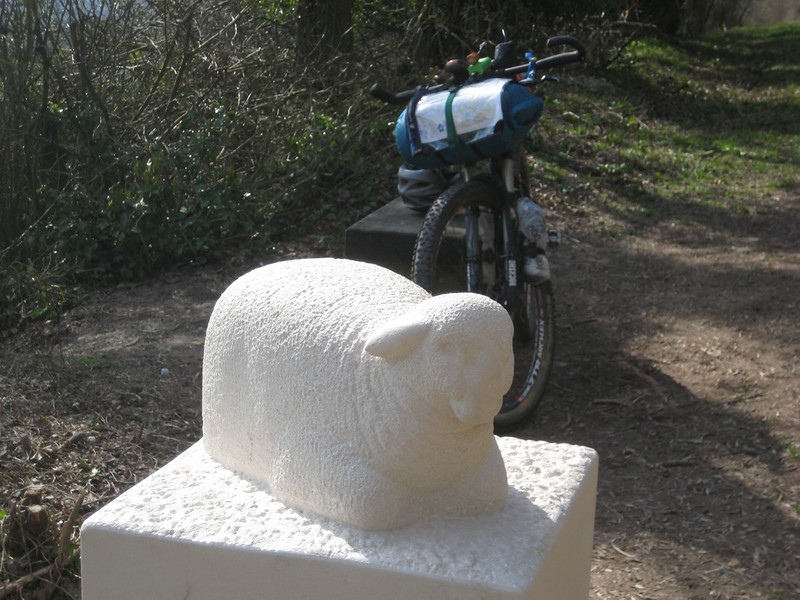 The first I saw of the many new statues on the route – a Hampshire Downs sheep
The first I saw of the many new statues on the route – a Hampshire Downs sheep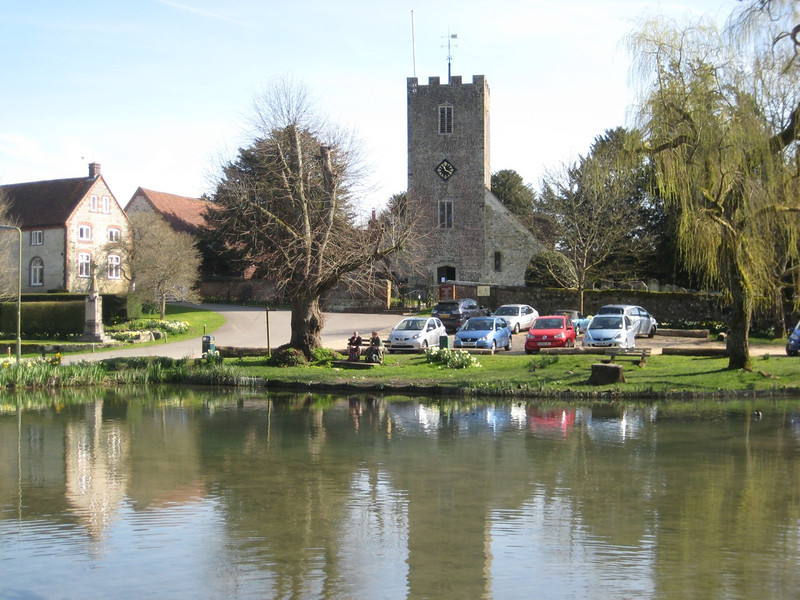 Buriton
Buriton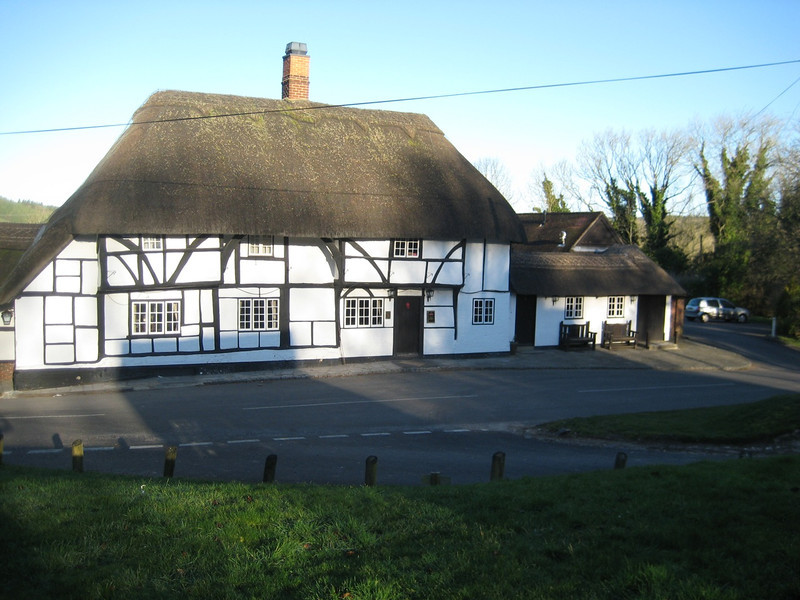 A little off the route at Chalton
A little off the route at Chalton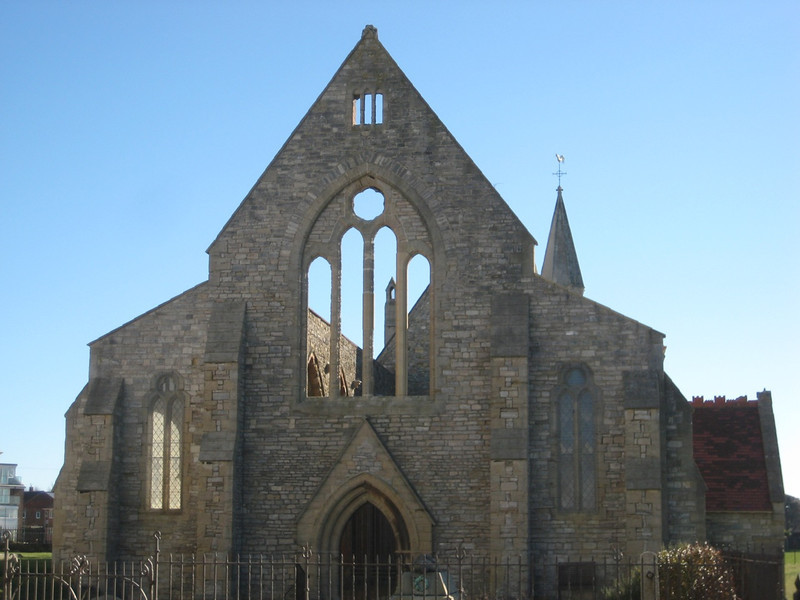 Royal Garrison Church, Portsmouth – fire-bombed in WWII, part of it is still roofed
Royal Garrison Church, Portsmouth – fire-bombed in WWII, part of it is still roofed